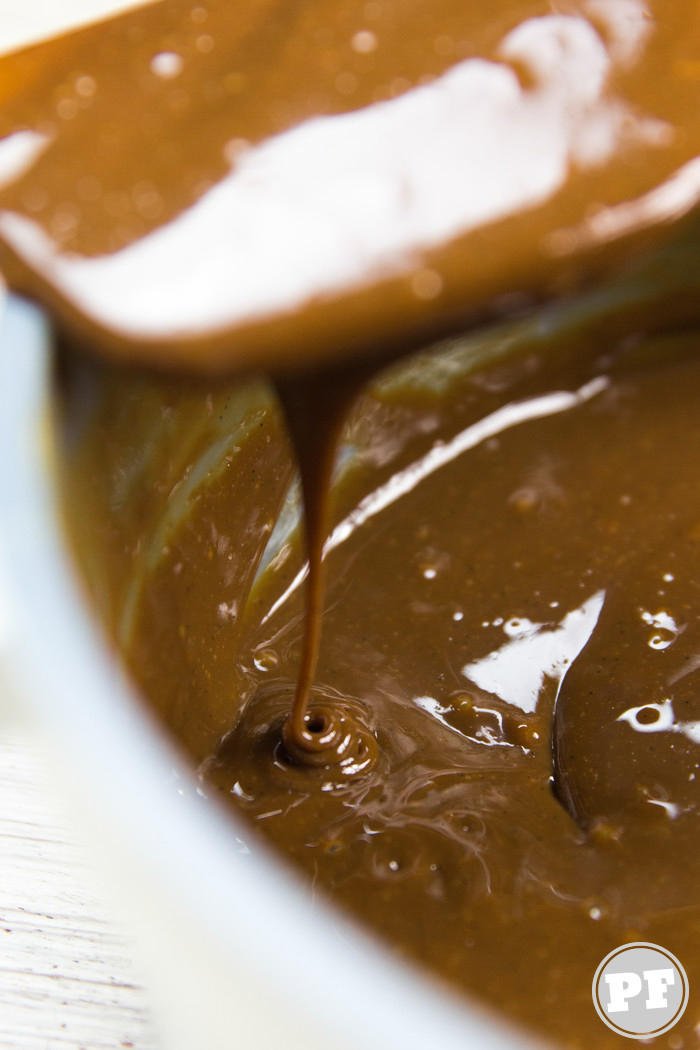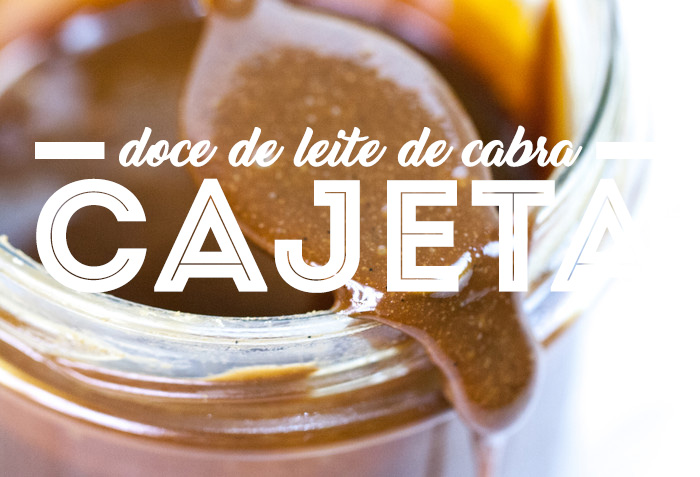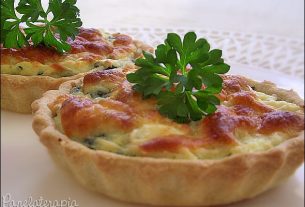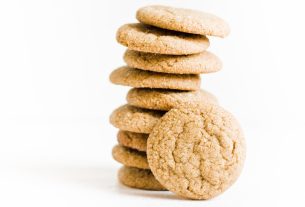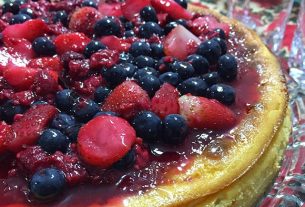A gem from the siblings Mexicans. Milk creambut with a plot twist that makes all the difference. Goat’s milk jam. Yes, bitch!
Here in Brazil, the consumption of goat’s milk is not so common. Whether due to lack of custom, economics (it’s not that cheap) and availability (I can’t always find it on the market). But this does not mean that it should be forgotten, by any means.
Maybe you haven’t consumed it as a drink, but you’ve eaten it like cheese (goat cheese, literally goat cheese). The famous Greek feta cheese, which Nigella likes, is traditionally made from goat. Besides, of course, the various French people.
But as we like something sweet, I had a craving for dulce de leche. But he wanted a little differentthen I remembered Cajeta.
For those who have never had goat’s milk, it may seem a little strange. Unlike cow’s milk, which has a subtle flavor in general (sometimes it can have a stronger aroma), goat’s milk has its own very characteristic flavor. This is due to the umami taste being more noticeable which is mistaken for a “salty background”.
This may make some people a little afraid, but it is milk’s greatest asset. And this characteristic remains in the cajeta after it is ready. It can be used in the same way as cow’s milk jam. It really matches! 🙂
Cajeta: Goat’s Milk Dulce
Makes: 300 g
- 1 L UHT whole goat milk ((read the note))
- 200 g crystal Sugar
- 03 g sodium bicarbonate (about 1/2 teaspoon)
- 10 mL vanilla extract (or 1 vanilla bean)
1 cup: 250mL | 1 tablespoon: 15mL.
- In a wide and tall pan, mix milk, sugar and bicarbonate.
- Place over medium heat, mix until the sugar and bicarbonate dissolve.
- Vanilla: if you use the fava bean (cut in half and scraped) it can be added with the other ingredients at the beginning, but the long cooking time can leave the flavor mild at the end. If you want a more pronounced flavor, add the fava towards the end (around 45 minutes). I recommend adding either the extract or the essence at the end as well.
- Cook the milk, stirring from time to time. It will foam and rise a few times, so I recommend a tall pan. In the first 20 minutes it is a thinner foam, and as it reduces/thickens it becomes creamier.
- Cooking time may vary depending on your pan and stove power. For me, it reached the desired point (firm, but fluid) in 1 hour and 30 minutes. This point is like brigadeiro, it comes off the bottom of the pan and when you use the spatula it forms a line that remains for 1-2 seconds. As it reduces it is necessary to stir more frequently, in the final minutes I didn’t stop stirring.
- If you used the broad bean, remove it with the help of a pair of tongs or tweezers. It will be very hot. The extract can be added in these final moments.
- The yield is around 350-360g. The cajeta becomes viscous, but still fluid. If you reduce it more than that, when it cools it will become very thick. If this happens, you can thin it out by adding hot water or milk and mixing. If you want it more fluid, like chocolate syrup, just cook it less.
– Performance: 360g
– Leite: If you’ve never tried goat’s milk, you’ll probably think it’s strange. It has its own flavor that is stronger than beef, and on the palate it seems salty. In fact, it is the umami taste that is sometimes confused with the salty taste. It’s normal. If you want to try this version of dulce de leche, I recommend using 50%/50%: 500mL goat’s milk and 500mL cow’s milk. For the flavor to be more balanced, it will continue to taste just the same.
– Leite 2: When purchasing, pay attention to what the packaging says. There is a dairy drink made from goat’s milk that contains sugar and flavorings, this is not the product. Milk may contain added vitamins and stabilizers, which do not interfere with the sweet.
– Leite 3: I didn’t test the recipe with fresh goat’s milk, but it is described if it is made with raw milk (without any thermal process) towards the end of the cooking time, the sweet tends to curdle. But here’s another caveat, the sweet has been around for many years and there hasn’t always been UHT milk and people have always made Cajeta before.
